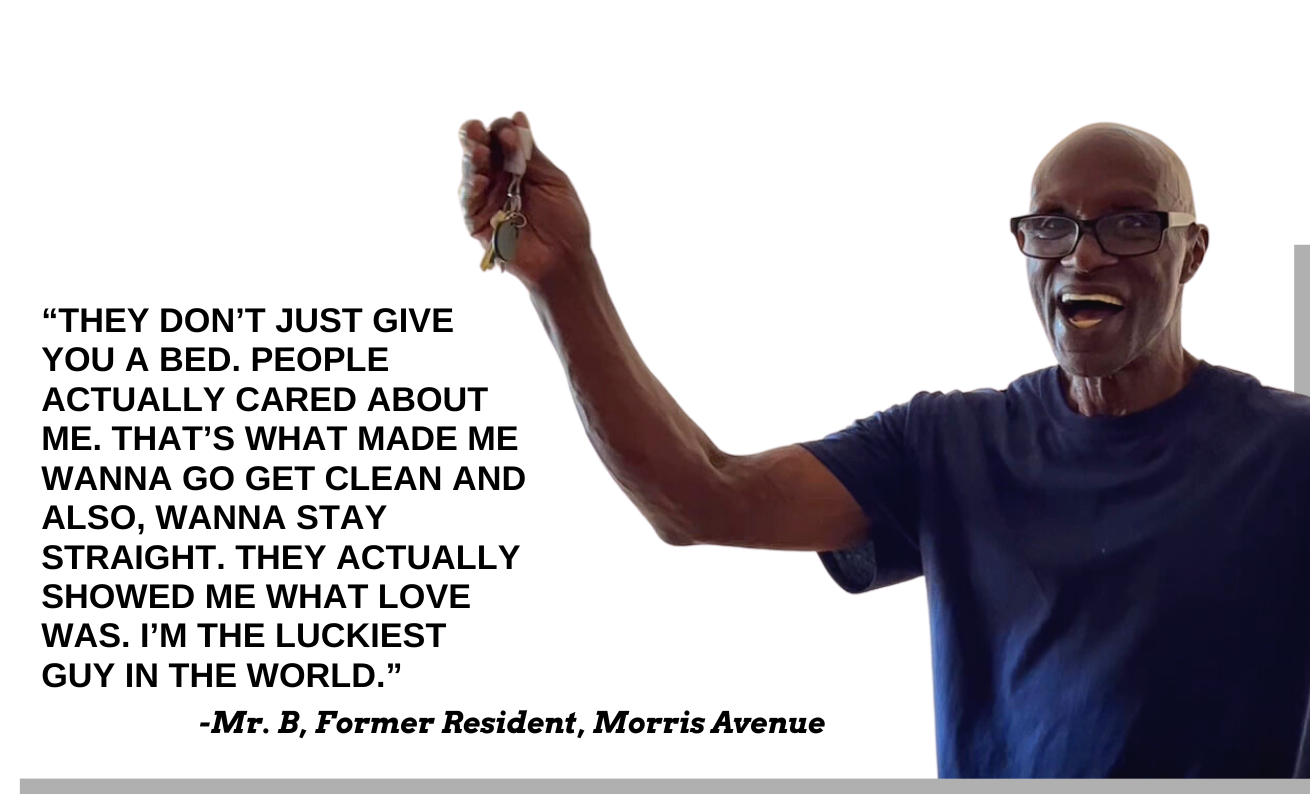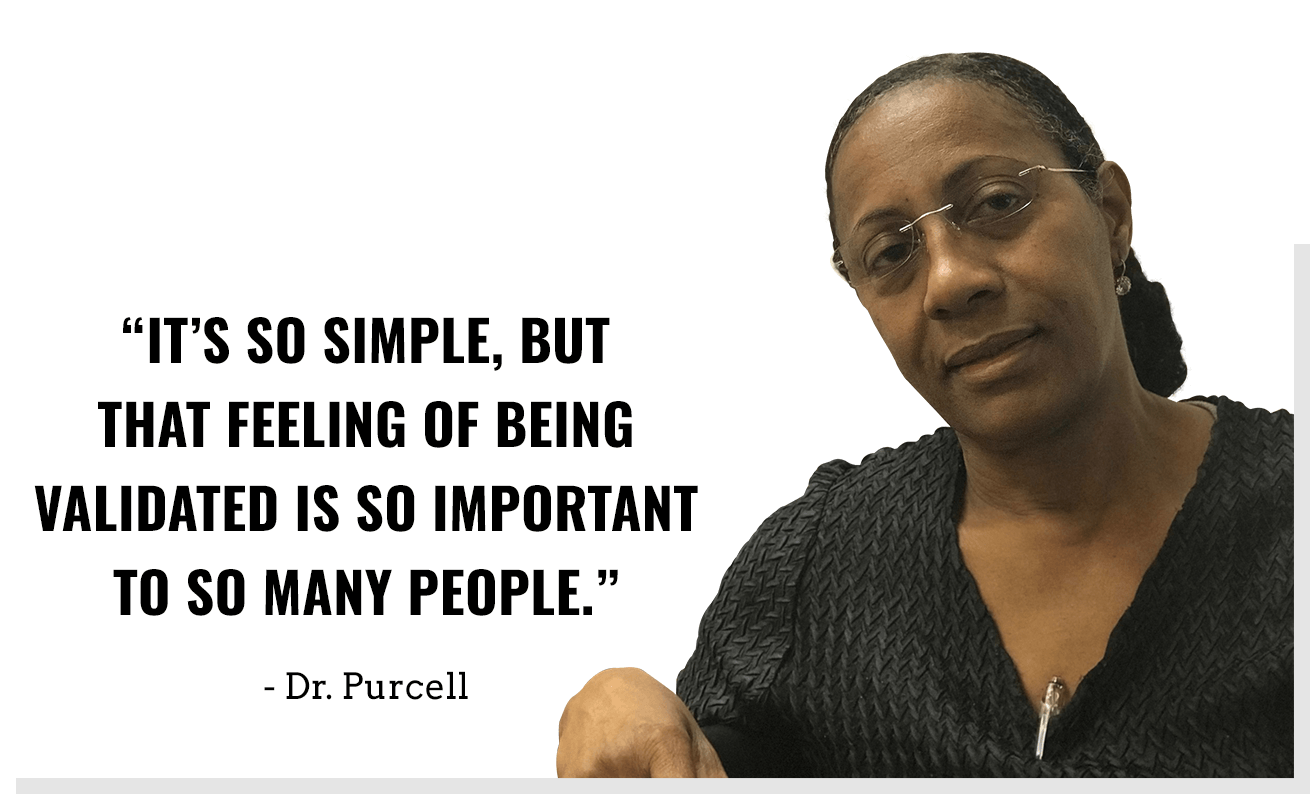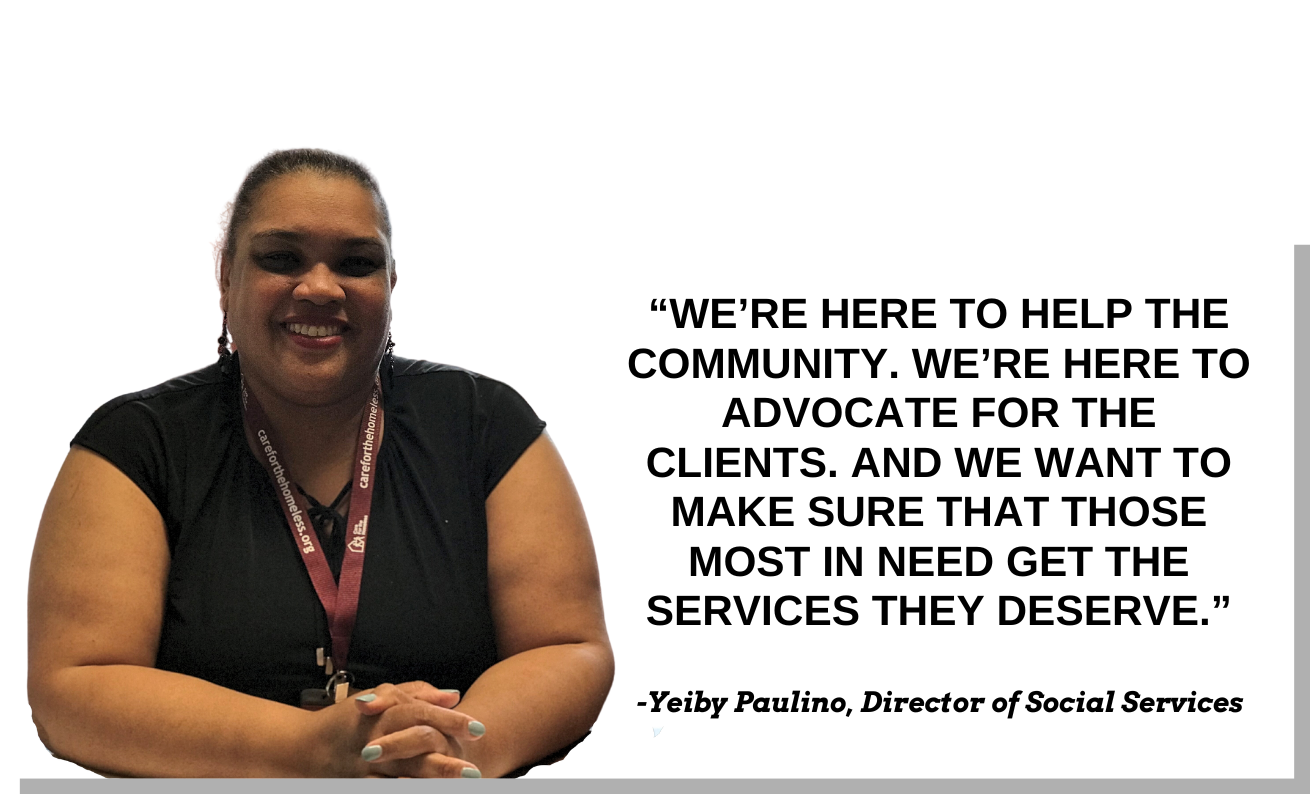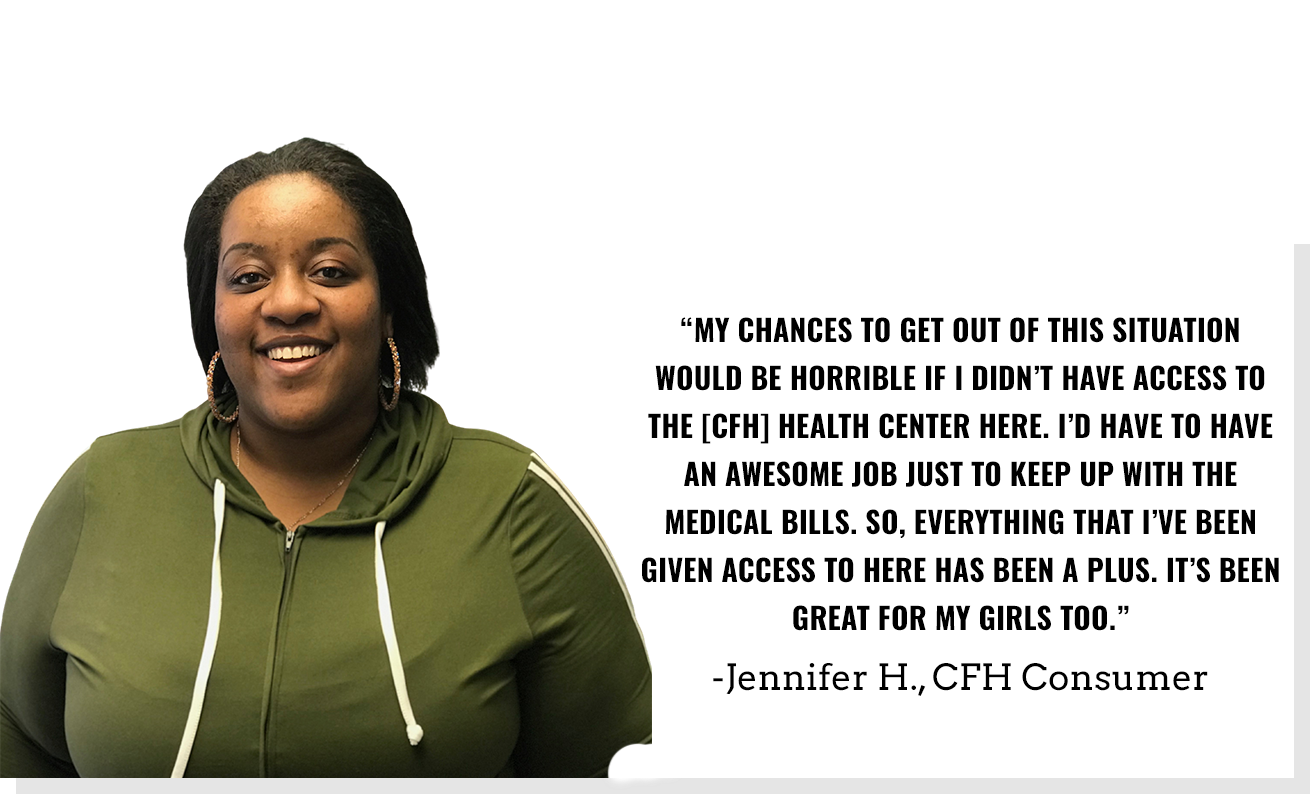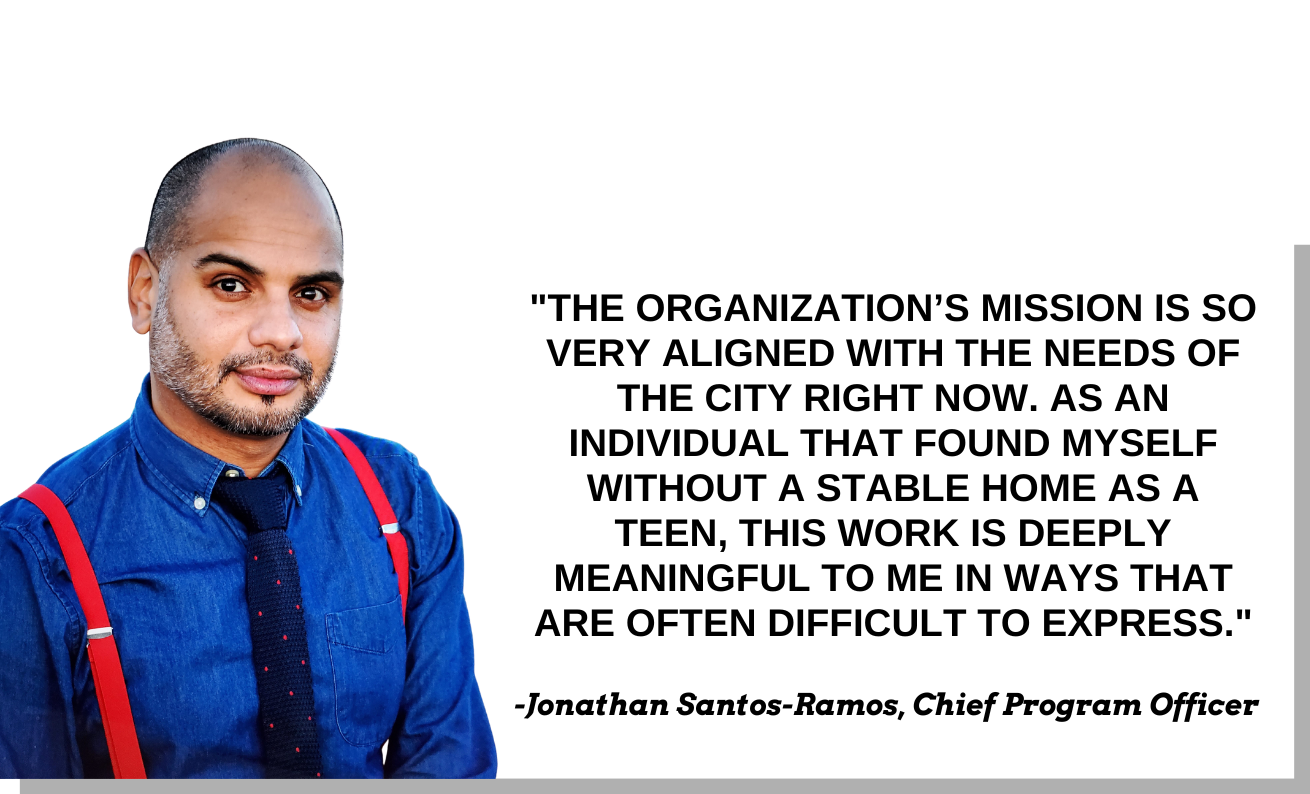State of Health Care in the Homeless Population
The following facts illustrate the dire status of health within the homeless population.
Homelessness and poor health are linked in the following ways:
- A health crisis often precipitates an episode of homelessness.
- Becoming homeless exacerbates and complicates existing health conditions.
- Before an individual’s health is stabilized, it’s difficult to end an episode of homelessness .
- Individuals and families focus on basic needs once they become homeless; food, clothing, shelter— before focusing on health care.
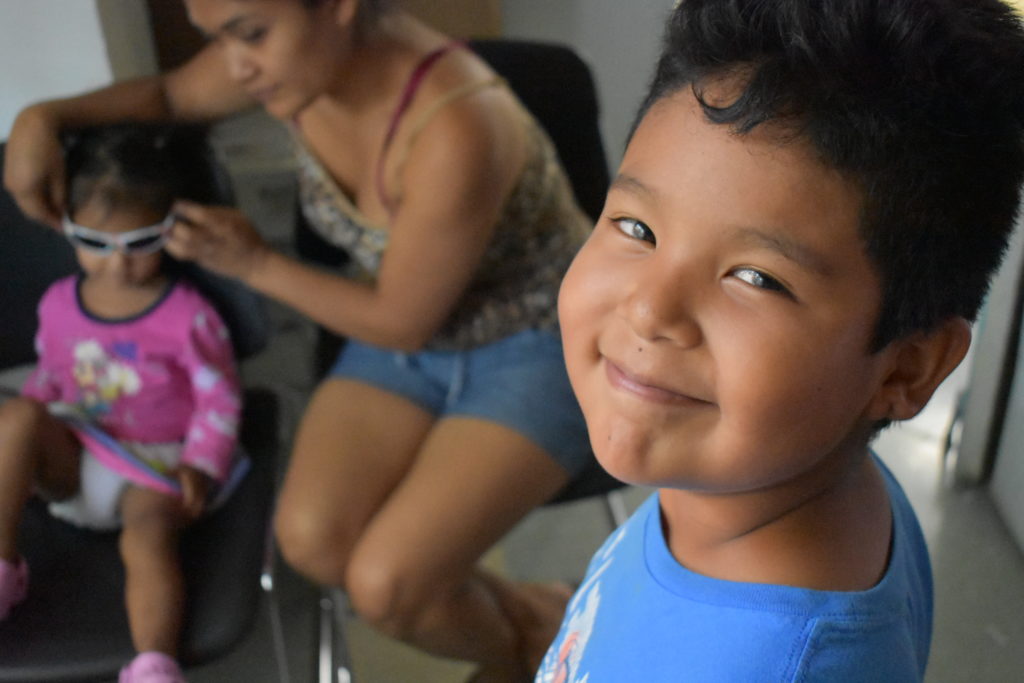
Homeless people suffer disproportionately from poor health as a result. The following indicators illustrate the complex status of health within the homeless population:
- The death rate of homeless persons is 3 to 4 times higher than the general population.
- Homeless children are at increased risk for having depression, attention deficit disorder, obesity, tooth decay, and poor school performance.
- Homeless persons in NYC suffer from mental illness at 3 times the rate of the general population.
- Communities of color are twice as likely to die of COVID in NYC than the white population. The homeless population is overwhelmingly made up of black and brown individuals.
CFH believes that Homelessness is a condition, not a characteristic and conditions can be treated.
We are ending episodes of homelessness through real solutions, including:
- High quality health care. We consistently receive the Patient-Centered Medical Home designation from the National Committee on Quality Assurance. The NCQA is the nation’s leading assessor of the quality of care.
- Community-based health centers. Our new model of health care strategically locates health centers in neighborhoods with clusters of shelters, supportive housing and other services for homeless individuals and families. This system ensures that care is more concentrated, comprehensive and accessible.
- Expanding our reach. As the largest provider of services with 23 locations (and growing) we’re creating a comprehensive ambulatory care network throughout all 5 boroughs. The network will create a more efficient and cost-effective health care delivery model.

